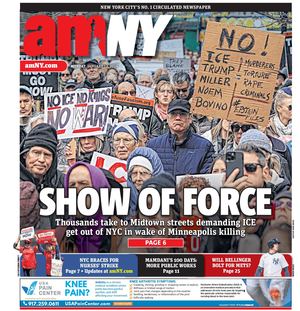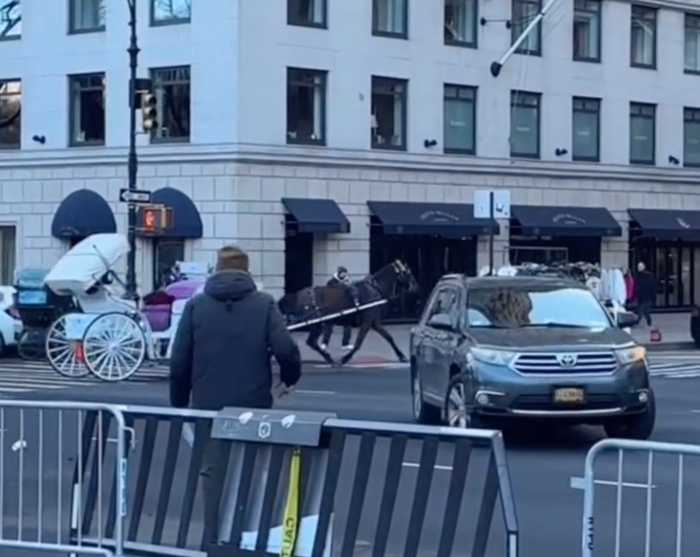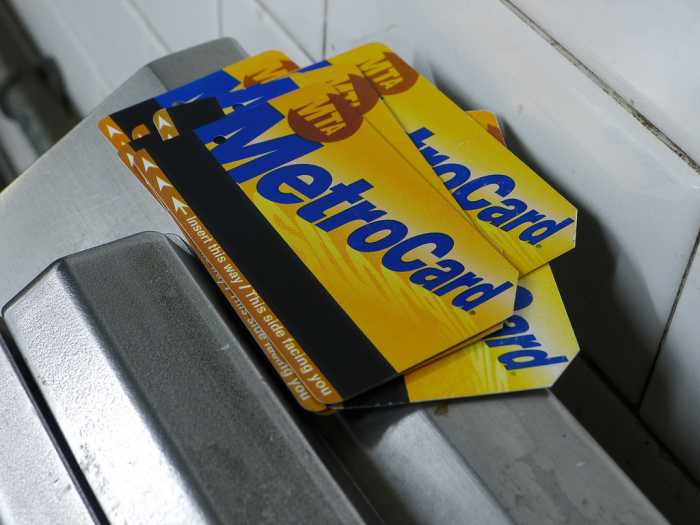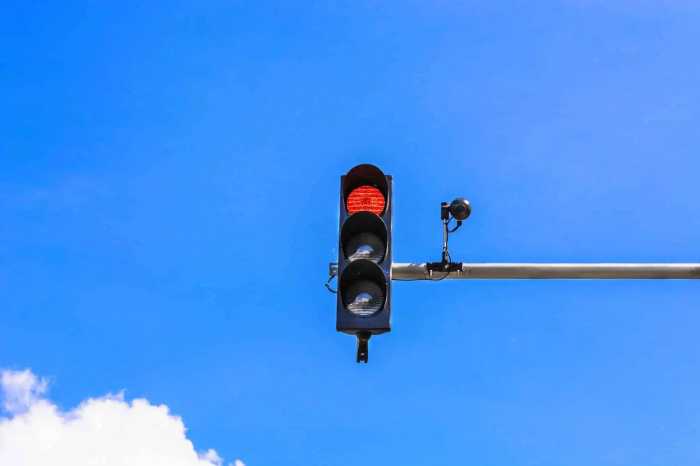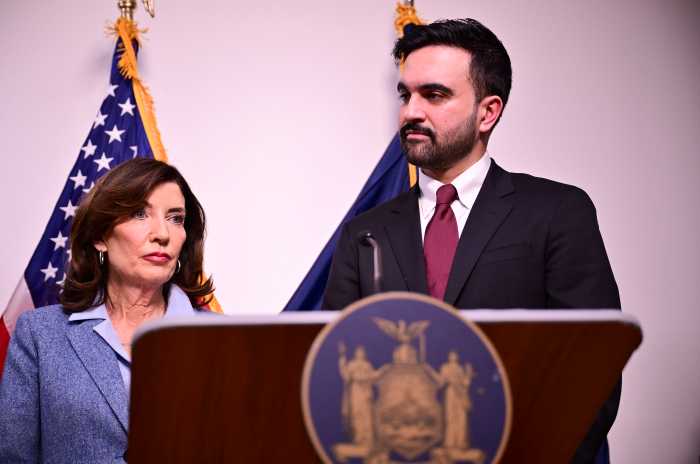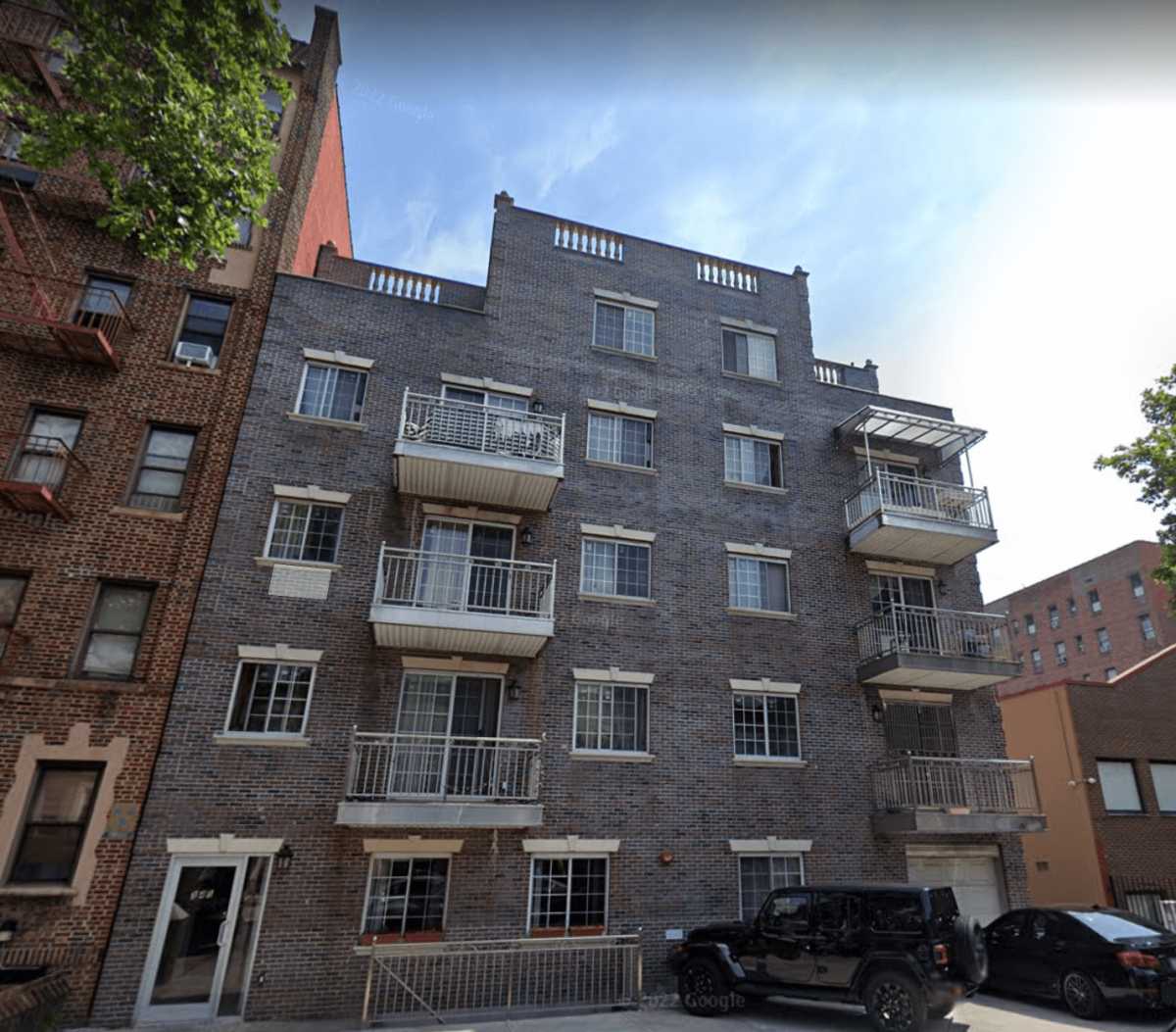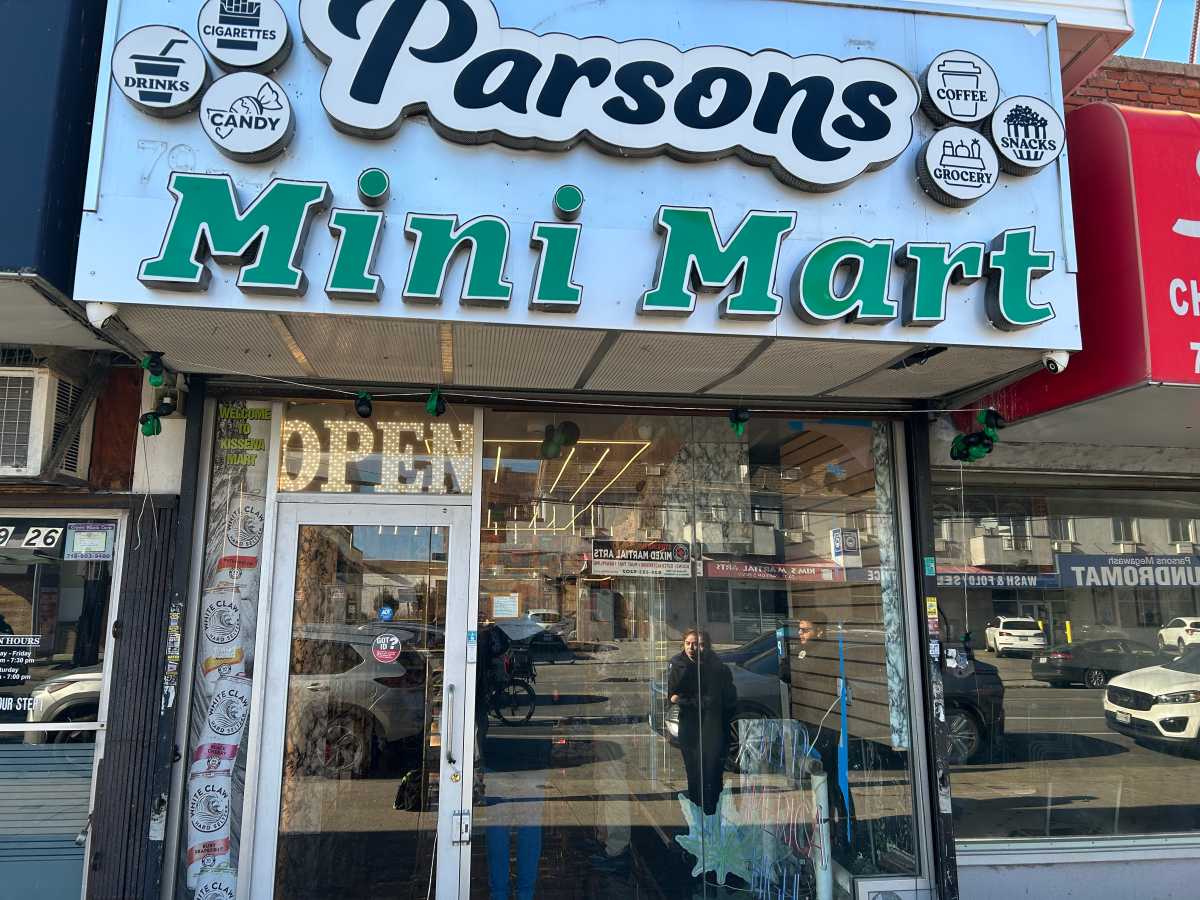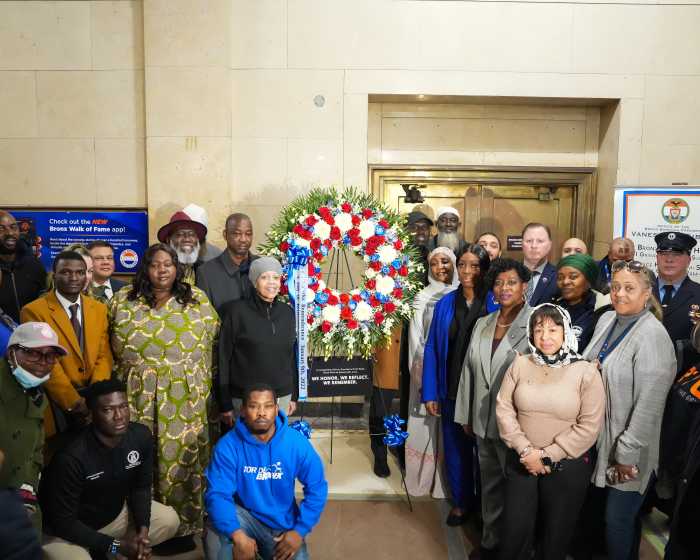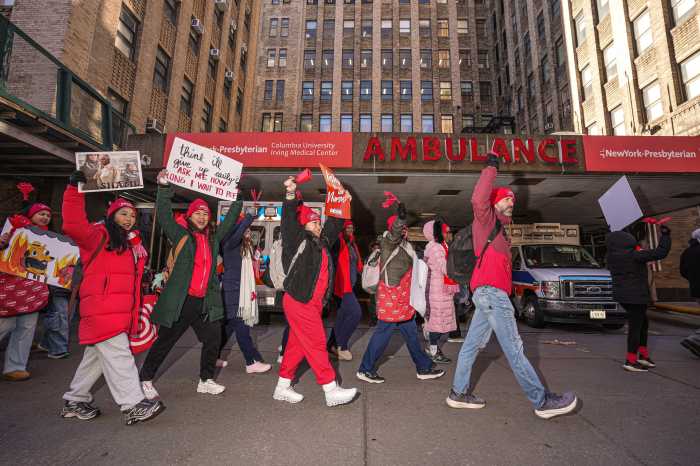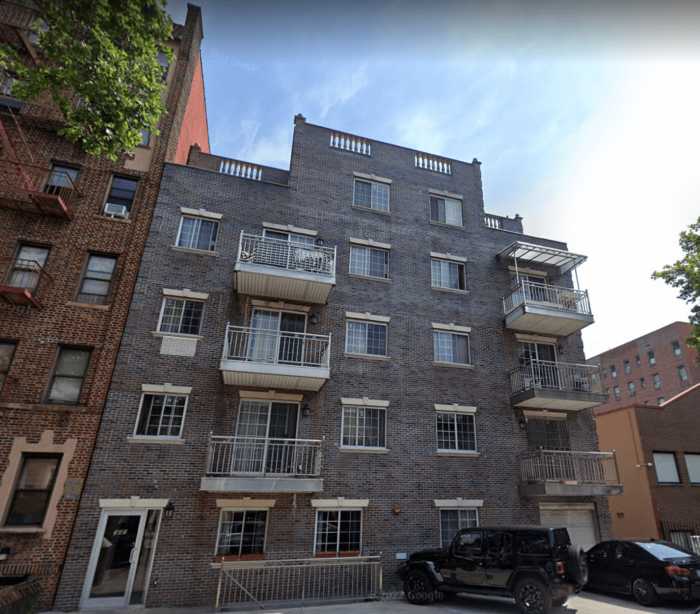The first half of 2018 marked the lowest number of traffic deaths in any six-month period in city history, Mayor Bill de Blasio announced Monday as he fights to preserve the school-zone speed camera program.
There were 81 traffic deaths recorded through June — the lowest since last year, when 95 fatalities were recorded in the same period. The drop is part of a larger, continual decline in traffic deaths since de Blasio launched his Vision Zero traffic safety program in 2014, according to city data.
De Blasio touted the numbers as a way to put more pressure on state lawmakers who control the fate of the school-zone speed camera program. The program is a key Vision Zero initiative and one that will expire on July 25 unless the State Senate takes action.
“The state Senate’s failure to act on speed cams puts this progress, and the lives of school children, at risk. They must act now — lives are at stake,” de Blasio said in a statement.
As national traffic fatalities rise, de Blasio has credited Vision Zero for driving city deaths to historic lows. The initiative relies on a combination of enforcement, street redesign and public education, and borrows largely from many of the practices and policies from the previous Bloomberg administration, such as expanding the city’s bike lane network and improving or increasing space for pedestrians.
Compared with the first six months of last year, traffic deaths have dropped or remained flat across all travel modes except motorcycles, according to de Blasio’s office. Bicycling deaths have fallen from 10 to 7; motor vehicle deaths have dropped from 27 to 15 and pedestrian fatalities remained unchanged, at 47. Motorcycling deaths rose from 11 to 12.
The state controls the city’s school-zone speed camera program, which issues $50 tickets to the vehicles of drivers caught speeding near schools during school hours. The city is allowed to operate the cameras within any 140 school zones, but the authorizing legislation will expire in 16 days. While the state Assembly voted to approve a bill to extend the program and expand it to 290 school zones, the Senate failed to vote on its version of the bill before the legislative session ended last month.
With summer school in session, de Blasio has urged Senate lawmakers to return to Albany and pass the bill. At a news conference in lower Manhattan on Monday, Polly Trottenberg, the city’s Department of Transportation commissioner, noted that while traffic deaths are trending down, the number of children who have died on city streets has increased.
Eight children under the age of 17 have died in traffic crashes in the first six months of 2018, compared to four in that period last year. One of those deaths this year was in a school zone, according to the DOT.
“There’s probably no number that we talk about that makes us grieve more, and to me particularly underscores why we are so focused on getting the speed camera reauthorized and expanded,” Trottenberg said, referencing the children’s deaths. She noted that speeding has dropped by more than 60 percent where the cameras are in operation.
Advocates have criticized state Sen. Marty Golden, who co-sponsors the speed camera bill in the Senate, for not doing enough to bring the bill to a vote. John Quaglione, Golden’s spokesman, reiterated on Monday that the senator “wants” the vote.
The city is working on a contingency plan should the Senate not reconvene for a vote, though the de Blasio administration remains hopeful it will, Trottenberg said. The city is exploring whether it can legally leave the cameras on to collect speeding data, and would have to discuss perhaps beefing up police enforcement around problem schools, according to Trottenberg.
“Part of the powerful case we’ve always made for these speed cameras is, [police] can’t be everywhere all the time,” she said, “and that’s why automated enforcement is such a powerful tool.”
